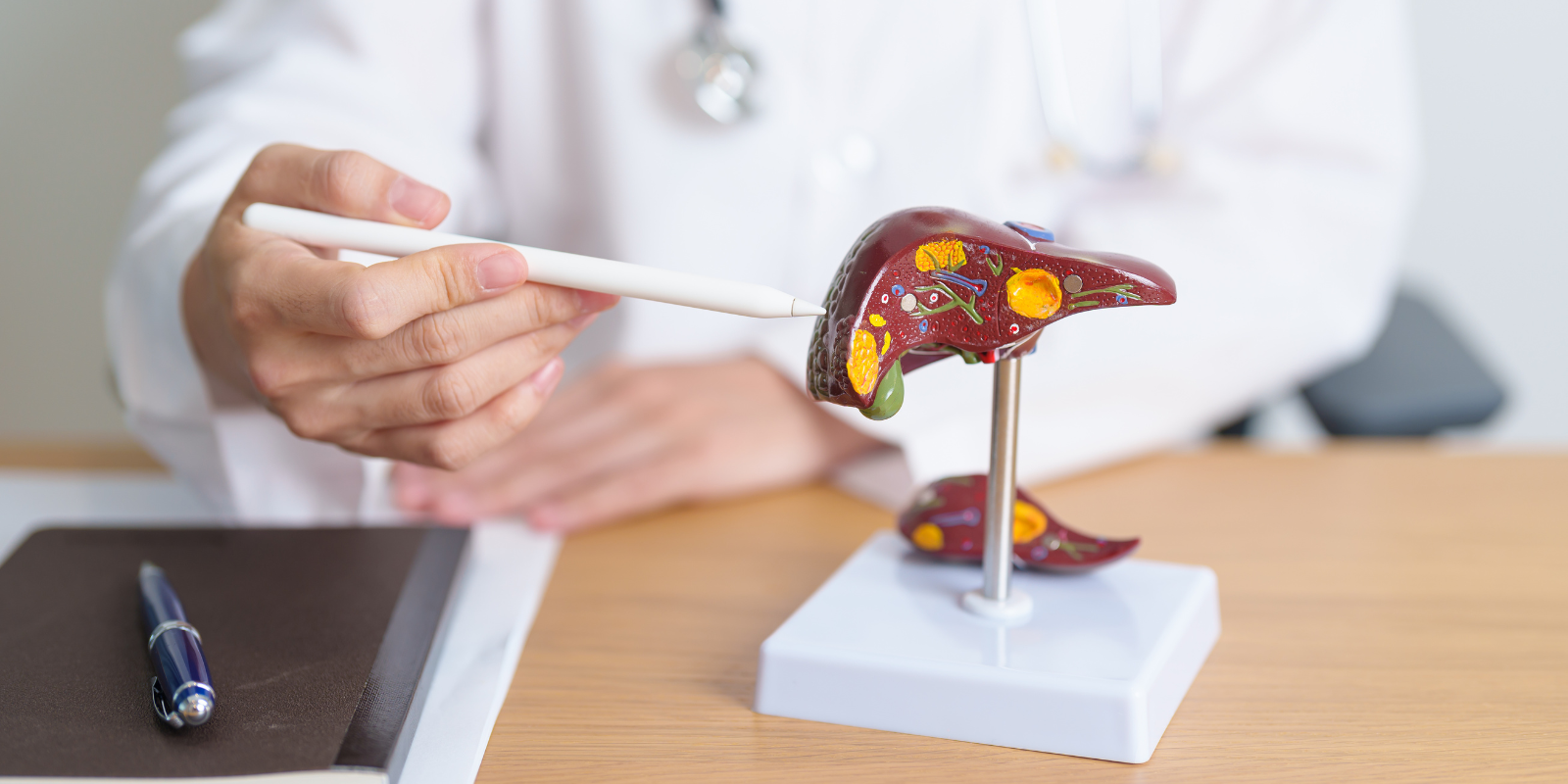If you’re one of the millions of Americans who have a penicillin allergy listed on your medical record, research suggests it’s highly likely that this label is inaccurate.
Having a penicillin allergy label matters, as it can have a significant impact on patient care. For many people, it has resulted in higher costs for antibiotics, delays in getting care, and longer hospital stays.
That’s why Anjeli Kalra, MD, an assistant professor in the Division of Allergy and Clinical Immunology at the University of Colorado Department of Medicine, is highlighting the value of penicillin allergy “delabeling,” meaning the process of removing this incorrect label for patients who are not actually allergic to penicillin.
“Penicillin allergy is the most commonly reported drug allergy, affecting approximately 10% or more of the patient population, but very few patients are actually allergic — less than 5%,” she says.
For years, Kalra has worked to educate people on the importance of penicillin allergy delabeling and how clinicians can help address this issue, as it cannot be done by allergists alone.
“There are so many patients who have penicillin allergy, and so few allergists, that we cannot access all of these patients,” she says. “We want to make penicillin allergy delabeling a preventive health care measure that is really done in all clinics across the country, because it is that important.”
Why do so many people have an inaccurate label?
There are many reasons why the vast majority of penicillin drug allergy labels are inaccurate, Kalra says.
In some cases, people are incorrectly labeled from the start.
“There are many mimickers for drug allergies,” Kalra says. “For example, in childhood, it’s very common to have rashes and hives with illness, and oftentimes, it’s attributed to the antibiotic. And so, patients are incorrectly labeled as drug allergic.”
Another reason is because there is a lot of misunderstanding in the general public about drug allergies, leading people to add allergies to their allergy lists that are incorrect.
Some people, for instance, will assume that because their parents were allergic to penicillin, that automatically means they will be, too. Others may falsely assume that if they had nausea after taking an antibiotic, it means they are allergic — when in actuality, it is a side effect of the medication, she says.
“People put these things in their allergy lists unnecessarily,” she says.
Many patients also outgrow their drug allergies. She says research has found that after 10 years of having an allergic reaction to penicillin, 80% of patients are no longer sensitized.
“Just because you had a true allergic reaction to penicillin, studies show that those antibodies wane over time, and that most people are no longer allergic after 10 years,” she says. “And so, that label may not always be accurate after a period of time.”
 For years, Anjeli Kalra, MD, has worked to raise awareness on the importance of penicillin allergy delabeling. Photo by Justin LeVett for the CU Department of Medicine.
For years, Anjeli Kalra, MD, has worked to raise awareness on the importance of penicillin allergy delabeling. Photo by Justin LeVett for the CU Department of Medicine.
An important public health measure
Having a penicillin allergy can greatly impact a patient’s care, which is why it is so important that incorrect labels get removed, Kalra says.
“Those patients, we know, have increased risk for resistant infections, delays in care, broad spectrum antibiotic use, longer hospital stays, higher cost, and higher morbidity,” she says.
On a financial level, antibiotic costs for patients with a penicillin allergy label are roughly 63% higher, she says. One reason why is because these patients have to use broad spectrum antibiotics, which are more expensive than penicillin antibiotics.
“The second reason is, oftentimes, these antibiotics need to be IV versus oral, and so we have to admit patients,” Kalra says. “We also know that a penicillin allergy is associated with longer hospital stays because of these reasons — so, increased risk for resistant infections. And so, that ends up resulting in longer hospital stays, which costs more as well.”
“Even though we think that penicillin allergy label is pretty benign, it's actually not. It's harmful,” she added. “This is a public health measure to remove a penicillin allergy label from someone who is no longer allergic, so that they can have access to these more narrow spectrum antibiotics that generally have less side effects.”
A helpful delabeling tool
The process of delabeling a patient does not necessarily have to be done by an allergist. In fact, there is a tool that Kalra recommends clinicians use to determine if they may be able to delabel a patient in their own clinics.
The tool is called “PEN-FAST,” and it is a scoring tool that looks at three parameters.
“Someone who has a PEN-FAST score of zero, one, or two, those patients are considered low risk,” Kalra says.
For low-risk patients, clinicians are generally advised to challenge their penicillin allergy by giving them an oral, single-dose of amoxicillin. The clinicians will then monitor the patient for about an hour to ensure there is no reaction, allowing the clinician to then confidently remove the penicillin allergy label.
Patients with a PEN-FAST score of three or greater are considered either intermediate or high risk. For these patients, clinicians should refer them to allergy specialists so that additional measures can be taken, such as skin testing.
Creating new protocols
To help make penicillin allergy delabeling a more common, easier process, Kalra recently collaborated with Anita Moudgal, MD, an instructor in the Division of Hospital Medicine, to establish a new protocol through AgileMD, which is an electronic health record tool that allows clinicians to quickly access information about diseases, treatment options, and medical guidelines.
Kalra and Moudgal’s project is an AgileMD pathway that is specifically designed for hospitalists to delabel hospitalized, low-risk penicillin allergy patients — meaning a patient with a PEN-FAST score of zero, one, or two — with a single-dose amoxicillin challenge, Kalra says.
“When there are penicillin allergic patients on these hospitalists’ services, someone sends a message to the hospitalist saying, ‘This patient is penicillin allergic and would be a good candidate for delabeling,’” Kalra says. “They can access this AgileMD pathway and it basically tells you how to do everything, and they can delabel the patient while they’re in the hospital.”
This project is part of an ongoing study that will analyze outcomes — such as length of stay, cost, and patient satisfaction — along the way, Kalra says. In March alone, 17 patients were delabeled.
“This is really what we should be doing because, otherwise, we’re going to miss a lot of these patients,” she says. “We're really hoping to broaden this — not just to hospitalists, but across the board to other sub-specialties and areas where this becomes much more mainstream.”




